Nassau: The Pirate Capital of the Caribbean
Nassau, the city on the island of New Providence that's capital of The Bahamas, isn't just a beautiful Caribbean spot: it's a fascinating city rich with history that still resonates today.
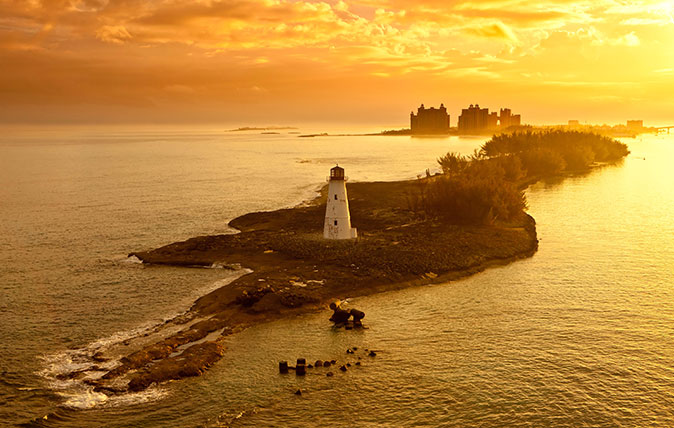
A huge man towering a clear foot above you, his vast beard in flames, the booming voice roaring murder from the depths of his lungs, and all the while brandishing a musket and a cutlass in your direction…
No wonder most who came across Blackbeard surrendered without a fight. History's most famous pirate – real name Edward Teach – was truly the most terrifying of men, fully 6’5” at a time when the average height was 12 inches less than that, and what a sight he must have been while storming aboard ships with lit cannon fuses twisted through the beard that lent him his nickname.
And yet for all his ferocity in battle, Blackbeard had a clear-headed streak of humanity and intelligence that saw him emerge as one of the leaders of the so-called ‘Republic of Pirates’. Based in Nassau, the paradise that is the capital of The Bahamas, the 12-year reign of this extraordinary organisation was the high point of the golden age of piracy. That history is still there to see and feel today for those who visit this enchanting corner of the Caribbean – there's even a pirate museum in the old heart of Nassau.
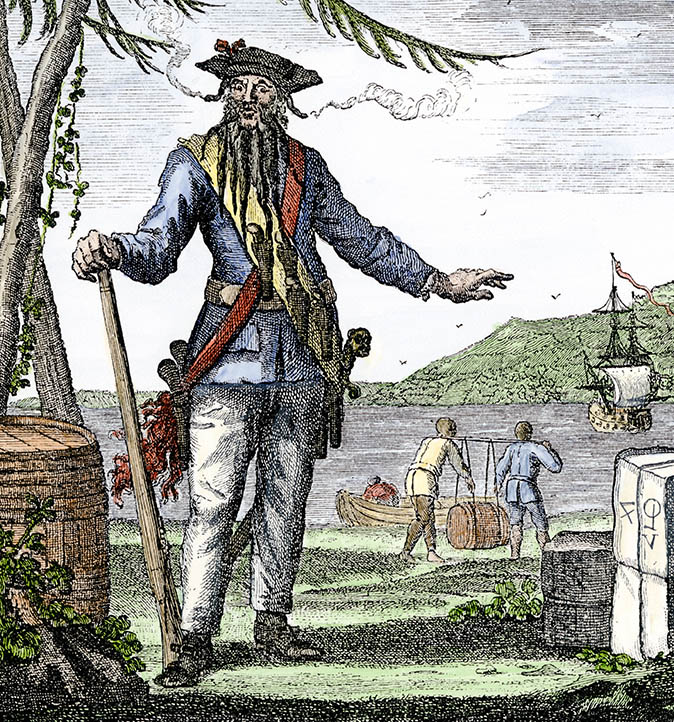
Nassau, on the island of New Providence had been used by pirate Henry Every in the last few years of the 17th century, when he turned up in Nassau with a vast hoard of treasure worth an estimated £600,000 –around £60 million in today’s money – and bribed the colony’s then-cash-strapped governor, Nicholas Trott, to let him in and turn a blind eye to his activities.
Every’s exploits saw a bounty of £1,000 put on his head – more than a lifetime’s earnings for a labourer at the time – and turned him into a folk hero, as well as establishing The Bahamas, and Nassau in particular, as the capital of piracy in the Caribbean.
With war raging the British government left the island within a few years, abandoning their newly-built Fort Nassau, whose site now houses the British Colonial Hilton Nassau hotel. And with the authorities left, the pirates lived unchecked in Nassau for the next two decades.
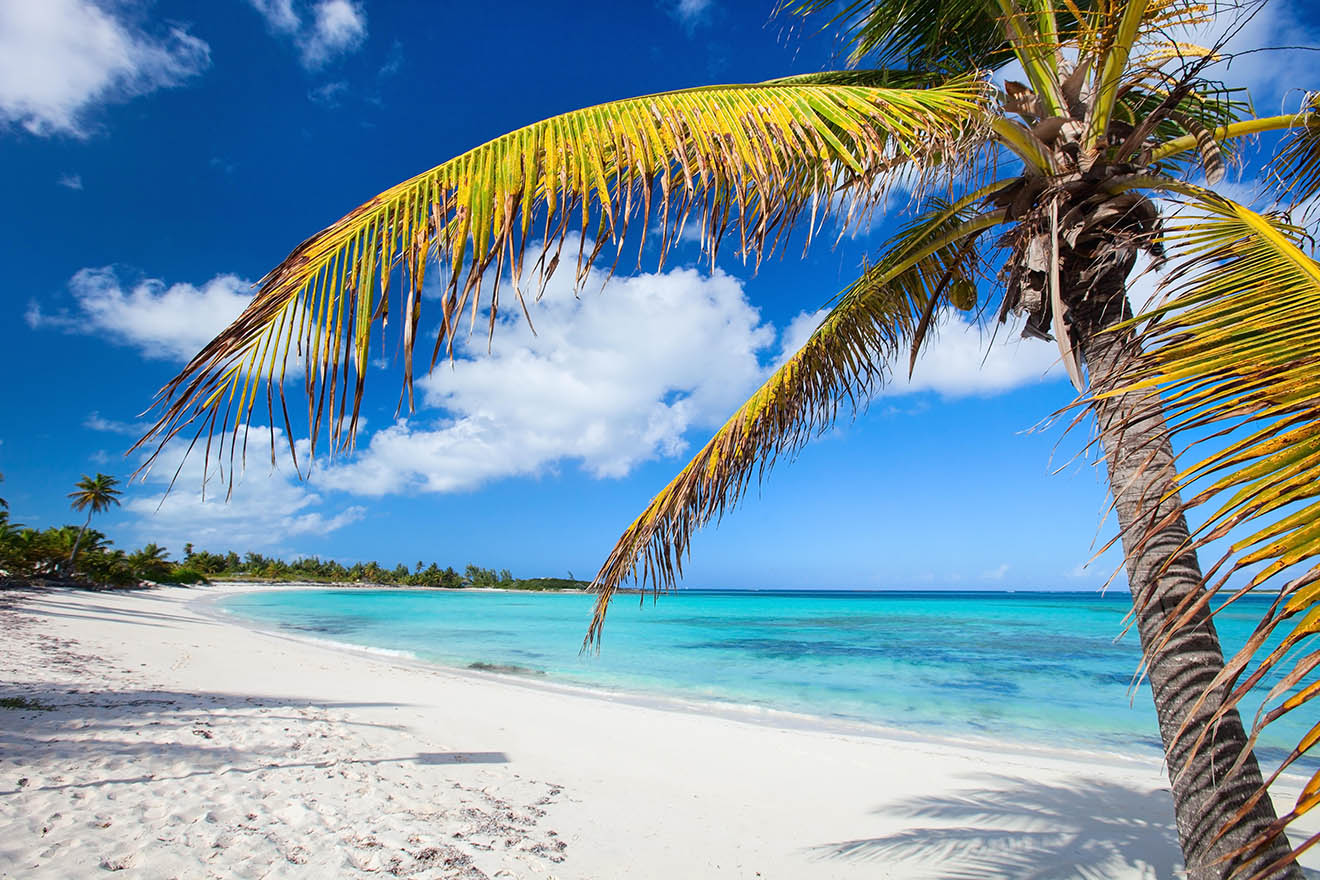
Nassau’s harbour was perfect for their needs: large enough to accommodate hundreds of ships and deep enough for a sloop – the fast, manoeuvrable ships that were the pirates’ first choice – without being accessible to the full size 'Man o’ War' ships used by the British and Spanish navies. On top of that it was easily accessible, and roughly half-way between Florida and Cuba – the perfect base for raids on Spanish shipping.
Sign up for the Country Life Newsletter
Exquisite houses, the beauty of Nature, and how to get the most from your life, straight to your inbox.
That location was made to seem all the better in 1715, when 11 of the 12 ships that comprised the Spanish Treasure Fleet went down in a hurricane shortly after leaving Cuba. Nassau’s pirates took to the seas and salvaged millions of pounds worth of silver and other treasure, becoming incredibly wealthy and successful – and attracting more wannabe pirates from across the globe.
What followed saw Nassau’s Republic of Pirates hit its absolute peak, with the greatest pirates of the day – the so-called ‘Flying Gang’ – all based there for the next few years. As well as Blackbeard there was Benjamin Hornigold, Henry Jennings, Thomas Barrow, Samuel 'Black Sam' Bellamy and the terrifying Charles Vane – the latter perhaps the closest to a genuinely bloodthirsty pirate that the Caribbean ever knew, infamous for torturing those aboard ships he captured.
For three years, this fearsome gang of pirates ran their own little empire from this idyllic spot – and to be fair, they actually ran it pretty well. Democratic principles – the so-called ‘Pirate’s Code’ – had long been common in piracy, with the crew having the power to oust captains with a majority vote, and the share of any spoils equal across the crew. Each captain received only a double share – at the time, British Navy captains took 15 shares of any prize.
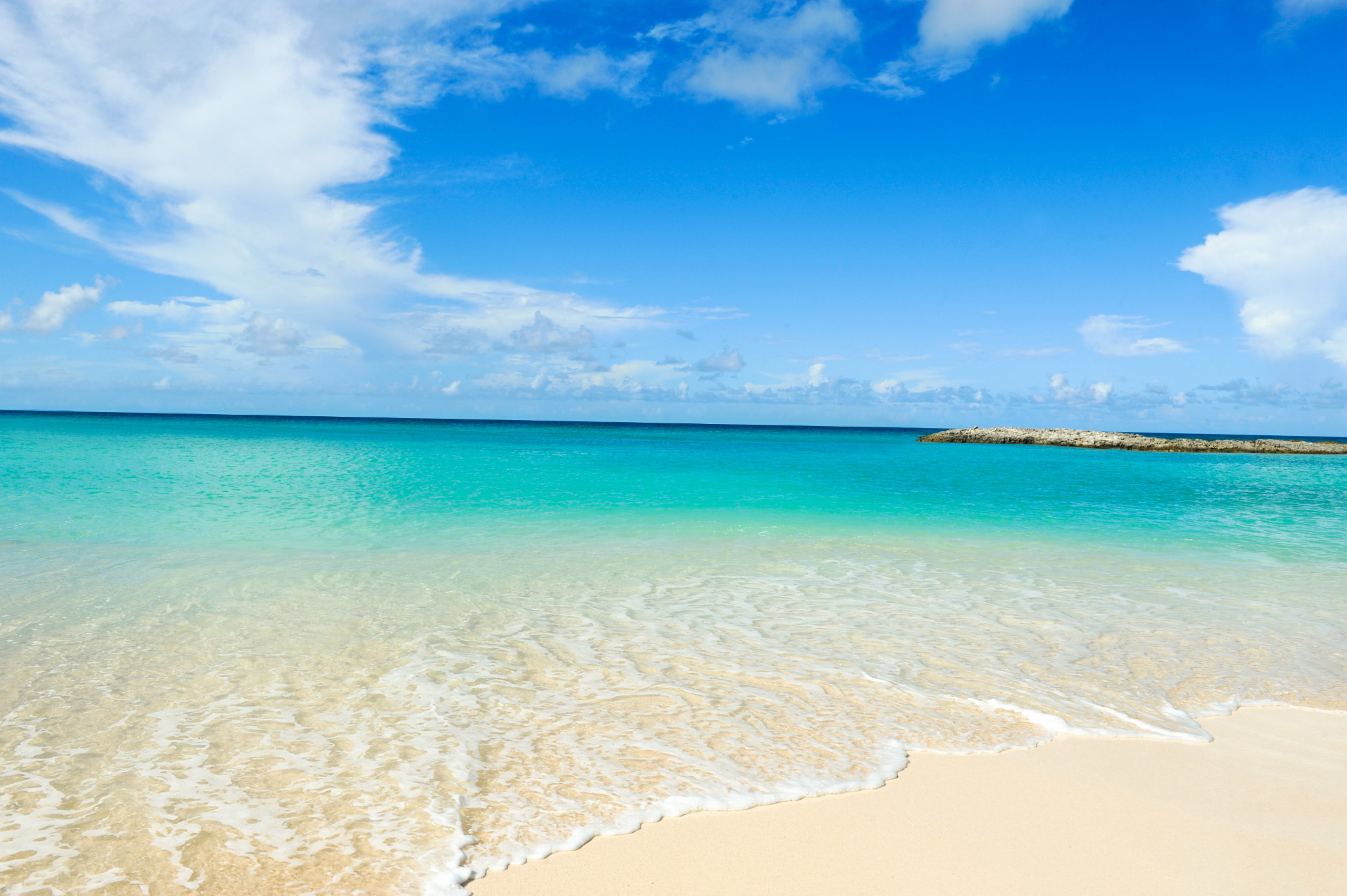
Race and creed were no barrier to progress, and many escaped slaves became successful and rich on the seas. There were even women pirates. Though they were banned from many pirate ships, several exceptions such as Anne Bonny – this Irishwoman who was the lover of 'Calico Jack' Rackham – became famous.
Books published back in London written by the likes of Daniel Defoe turned pirates into folk heroes; ‘Black Sam’ even earned himself the nickname of the ‘Robin Hood of the seas’ as his fabulously lucrative career continued. He would end up as the richest pirate of all time – at least until his death at the age of 26.
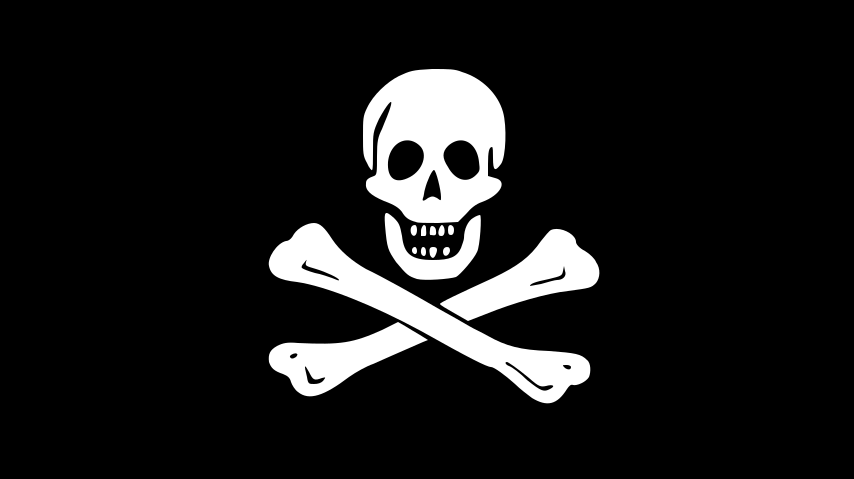
The party came to an end when the British, able to stand the threat to their supremacy no longer, appointed Woodes Rogers as the new governor of The Bahamas in 1718 with a brief to clear the pirates out. An amnesty was offered, and for those who refused to accept it Rogers recruited Hornigold – the now-ageing pirate who had once mentored the likes of Blackbeard and Vane – as his pirate-hunter.
The struggle for control took a couple of years, but The Bahamas have never looked back. A street in Nassau is named after Rogers, and his work inspired the island motto which was used until independence in 1973: “Piracy expelled, commerce restored”.
Though the pirates had been chased away, the British still had the Spanish threat to deal with. Their answer – at least in part – was Fort Montagu, constructed in 1741 and still standing today at the eastern end of Nassau harbour. Stand here taking in the scene and you can almost hear the booms and smell the black powder from the 23 cannons which once defended this spot.
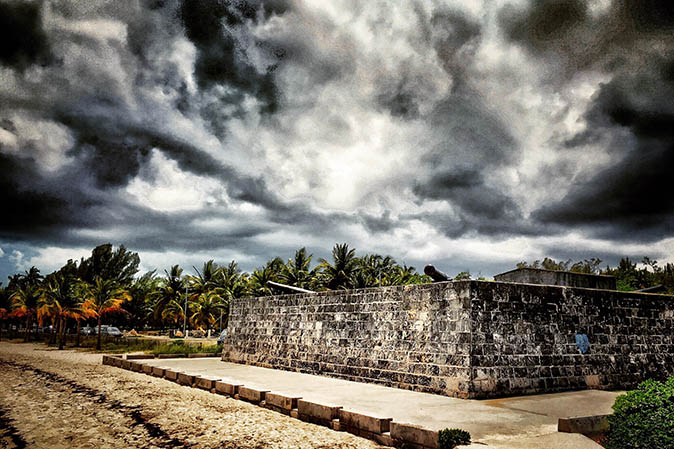
Fort Montagu went on to play a key role in the American War of Independence, being the site of the first action by the fledgling nation’s navy and marine corps, who successfully raided it in March 1776.
Six years later the Spanish, aiding the revolutionaries, took the fort, and with it control of Nassau – only for British loyalists to re-take it for the crown via a cunning trick. Colonel Andrew Devereux ordered his men to row ashore in sight of Fort Montagu, only to secretly double back to the ship via another route and row ashore again. The Spanish, convinced they were hugely outnumbered, tried to set the fort alight and then fled.
In the light of those raids, it’s perhaps not surprising that a new fort, Fort Fincastle, was built by Lord Dunmore in the 1790s with huge guns aimed out at sea to deter such raids.
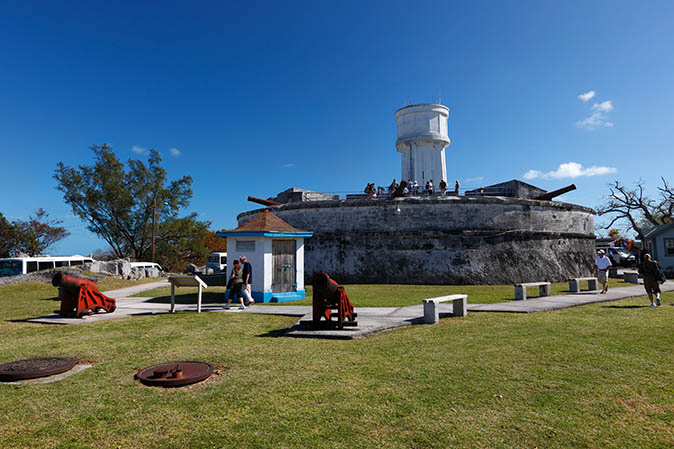
That fort still stands, as does the famous staircase by which it's accessed: Nassau’s famous Queen’s Staircase. Dunmore also built Fort Charlotte, a large garrison fort which survives today in superb condition.
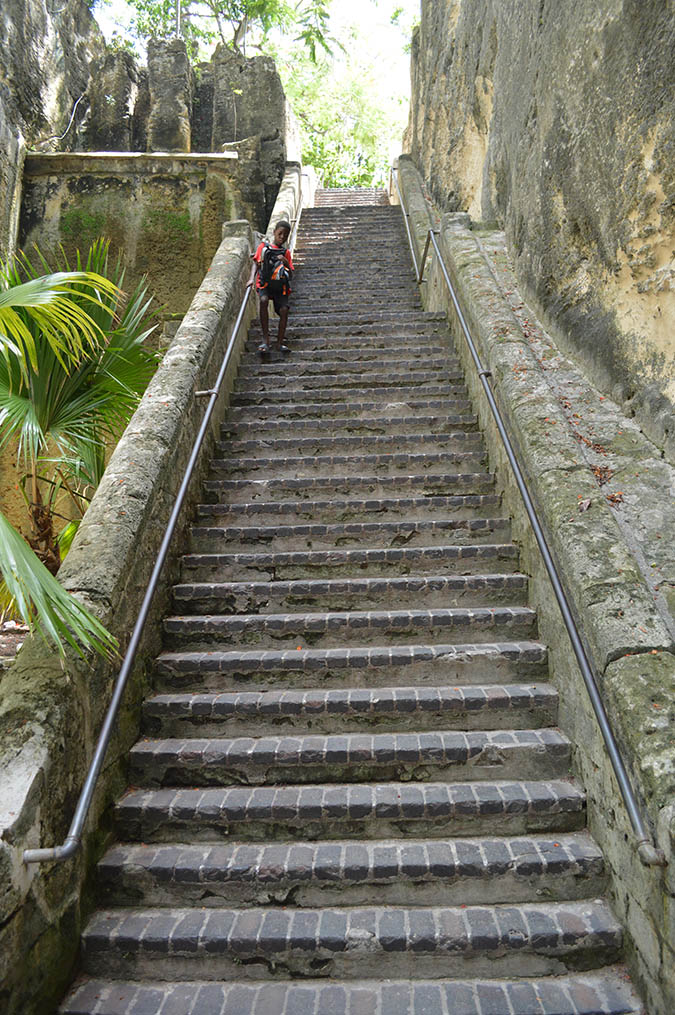
Nassau’s importance continued thereafter as an important British naval base. Thousands of slaves were freed here following the British government’s ban on international slave trading in 1807, with British forces intercepting slave ships bound for the USA. By the time general emancipation was announced in 1834, three-quarters of the population of Nassau was of West African descent – and even today, you can still walk through the city’s Over The Hill district, where those freed slaves originally settled.
The island became a refuge of a very different kind in the middle of the 20th century, not to a slave but to a king. A couple of years after his abdication, Edward VIII was made governor of The Bahamas by Winston Churchill, the Prime Minister fearing that former monarch could become a target for Nazi forces during the war.
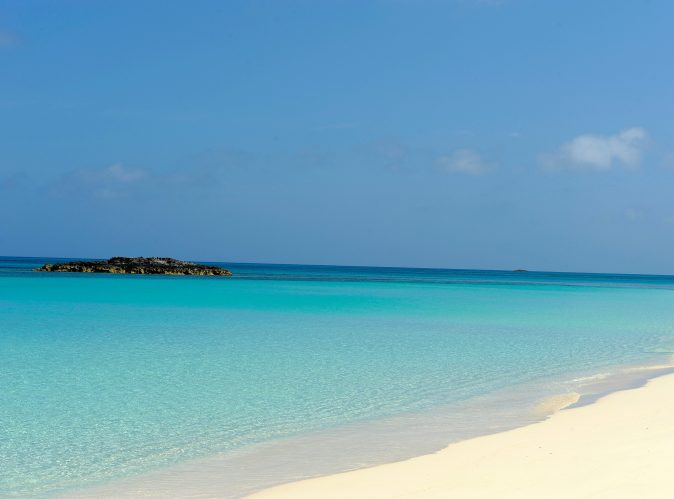
The Duke of Windsor, as he was then known, settled on the island with Wallis Simpson for five years before retiring to France following the end of the war.
His tenure saw dozens of high-profile visitors come to the island, and thereafter it's been a magnet for socialites and A-listers.
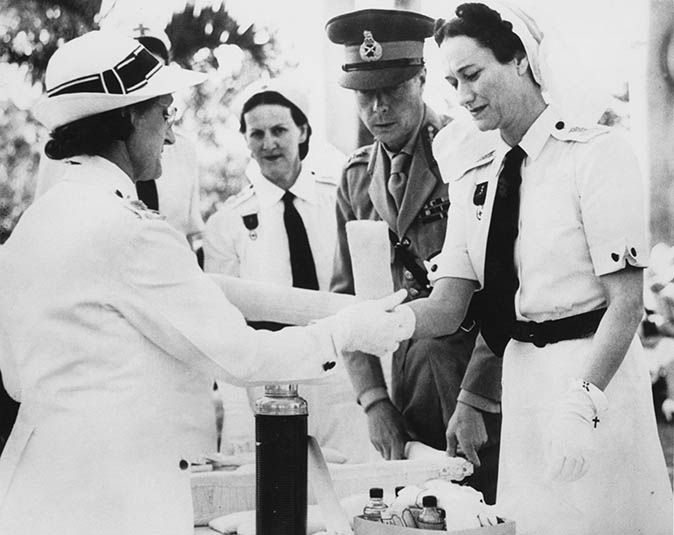
The home that the Duke and Wallis Simpson shared happens to be on the market at the moment, a house which has such a wealth of character that you can almost feel the atmosphere of those bygone days – just as you can throughout this most wonderful of places.
You can find out more about Nassau and The Bahamas at www.nassauparadiseisland.com. British Airways fly to Nassau from London Heathrow five days a week – book via britishairways.com.
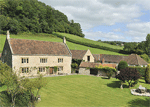
Somerset farmhouse with vineyard, orchard and meadows
This pretty 17th century Grade II listed farmhouse comes with gardens, a vineyard, orchard, wildflower meadows and pastureland
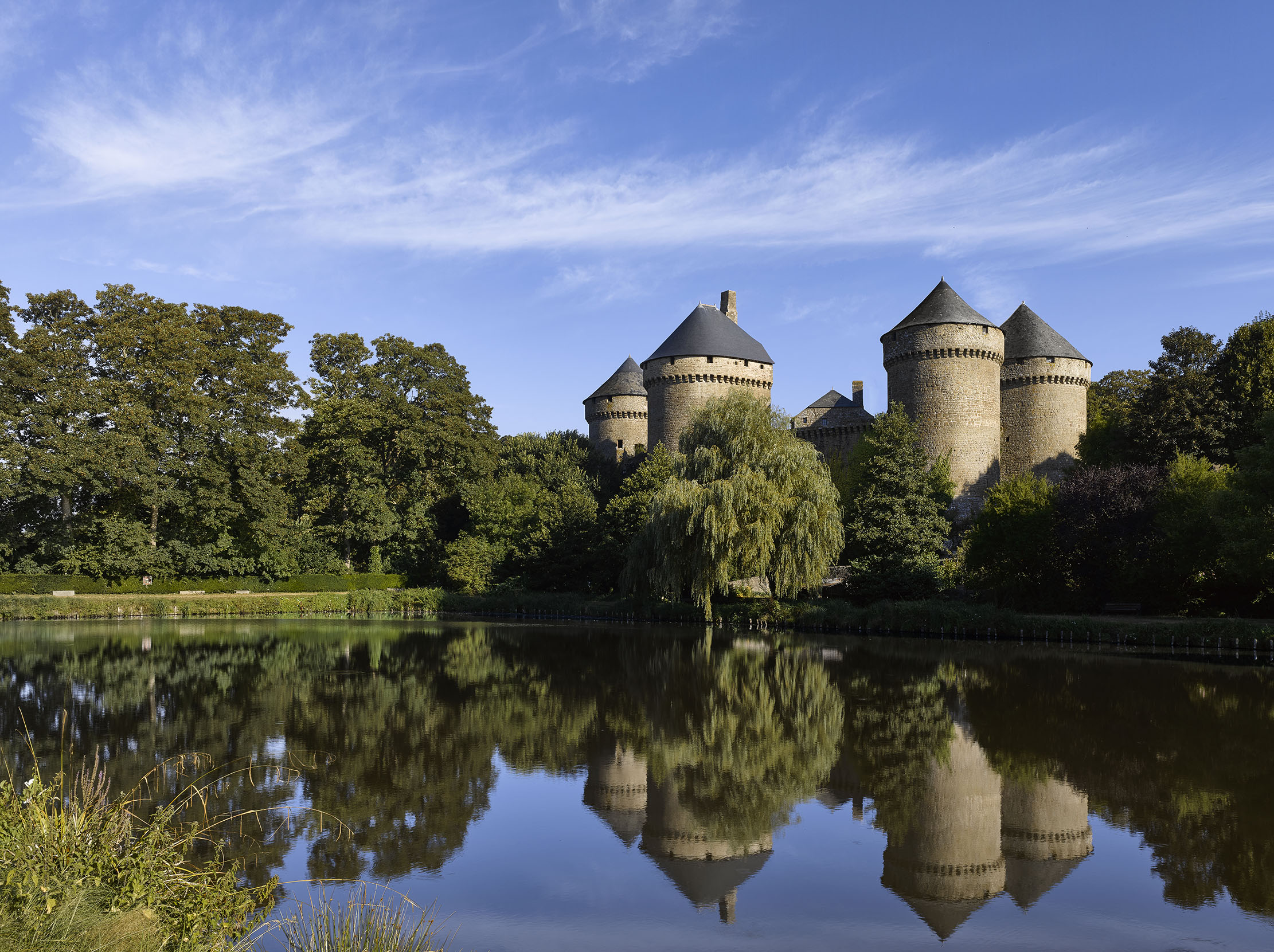
Château de Lassay: The castle of Bluebeard’s widow
This magnificent French castle has a remarkably colourful history, as Desmond Seward explains.
-
 Jungle temples, pet snakes and the most expensive car in the world: Country Life Quiz of the Day, April 14, 2025
Jungle temples, pet snakes and the most expensive car in the world: Country Life Quiz of the Day, April 14, 2025Mondays's quiz tests your knowledge on English kings, astronomy and fashion.
By James Fisher Published
-
 Welcome to the modern party barn, where disco balls are 'non-negotiable'
Welcome to the modern party barn, where disco balls are 'non-negotiable'A party barn is the ultimate good-time utopia, devoid of the toil of a home gym or the practicalities of a home office. Modern efforts are a world away from the draughty, hay-bales-and-a-hi-fi set-up of yesteryear.
By Annabel Dixon Published
